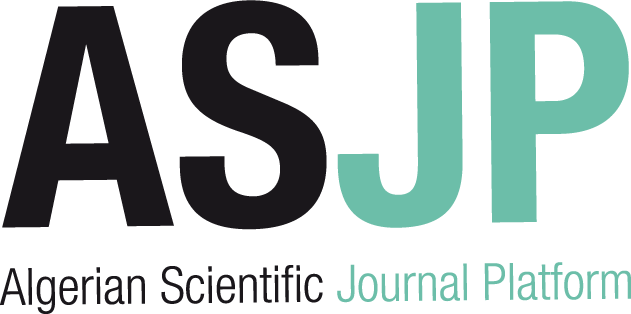Method for evaluating single-end control of distillation columns / William L. Luyben in Industrial & engineering chemistry research, Vol. 48 N° 23 (Décembre 2009)

Method for evaluating single-end control of distillation columns [texte imprimé] / William L. Luyben, Auteur . - 2010 . - pp. 10594–10603.
Industrial chemistry
Langues : Anglais (eng)
in Industrial & engineering chemistry research > Vol. 48 N° 23 (Décembre 2009) . - pp. 10594–10603
Mots-clés : Method--Evaluating--Single--Control--Distillation--Columns Résumé : Distillation columns are, in an ideal situation, controlled using a dual-composition structure in which the light-key impurity in the bottoms and heavy-key impurity in the distillate are both maintained at the specified values. This structure minimizes energy consumption. However, it is often almost as efficient to use one-end control of either a composition or a temperature. This single-end distillation control structure is widely used in industry because of its simplicity and because it avoids dynamic interaction between the two competing loops. Because distillation columns have two control degrees of freedom, another variable besides the single temperature or composition must be selected among several alternatives. Usually these choices involve a ratio so that feed rate changes can be effectively handled. However, different ratio schemes handle feed composition changes with different degrees of effectiveness. The two most commonly used are either a reflux-to-feed ratio (R/F) or a reflux ratio (RR). The purpose of this Article is to present a methodology for deciding if single-end control can be effective and, if so, which ratio should be used. A steady-state simulation is used in which the two product purities (or impurities) are held constant as feed composition is varied around the design value. Plots are made of the two ratios (R/F and RR). If one of these curves shows little sensitivity to feed composition, it should be used in a single-end control structure. If both ratios show significant change, a dual control structure (two compositions, two temperatures, or one of each) is required to handle feed composition disturbances. ISSN : 0888-5885 En ligne : http://pubs.acs.org/doi/abs/10.1021/ie900778r








